Do you want to capture stunning images of architecture? Architectural photography can be a wonderful genre to explore!
However, architecture photography can also be a struggle. There’s a lot to consider–and it’s easy to get discouraged.
In this article, you’ll discover some key techniques and tricks…
…to ensure that you consistently capture gorgeous architecture photos!
Let’s dive right in.
1. Carefully Choose Your Lighting for the Best Architectural Photography
If you want stunning architectural photos, then you have to think about the light. There’s no way around it.
Start by studying the light. Try to become aware of how the light changes throughout the day–and the sort of shadows it creates.
Then pick a piece of architecture. Observe the sun’s movement. Consider how the light interacts with the architecture. This will give you a sense of the ideal time to take photos.

(Photo by Tim Wright)
A few tips:
- Sometimes strong shadows can make a bold image, but other times you may want the light to be very soft and even.
- Avoid shooting a building when it’s backlit, as this creates a blown out sky and hazy, dark building.
Once you know the time of day that’s ideal for your photo, arrive on location earlier than necessary. This will give you a few minutes to get in position.
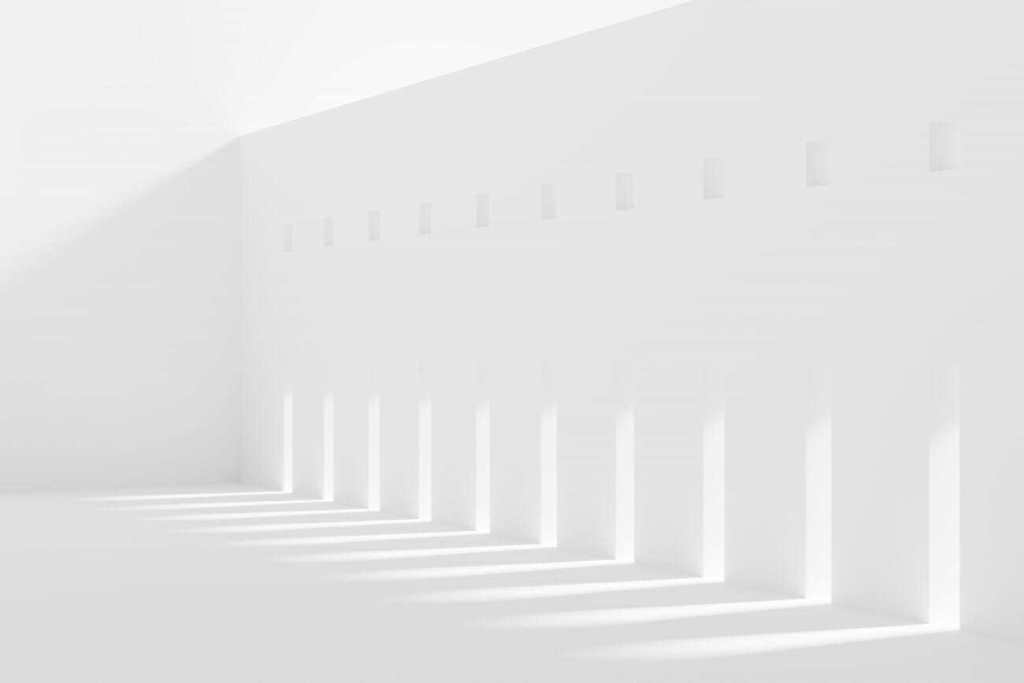
(Photo by Fernando Reyes)
Take out all your gear and make sure you set up carefully. At the beginning and end of the day, the light changes very quickly–so having a few extra minutes is better than missing your shot completely!
Bottom line?
Carefully consider your lighting before taking any architectural shots.
It’ll be worth it in the long run!
2. Show Context to Capture Compelling Architecture Photography
How do you capture original, compelling architectural photos?
You show context.
That is, you show a building’s surroundings.
This could be a landscape,
See, if you show a building in isolation, you’re not telling the entire story of that building. Showing the surrounding context of a building can say a lot about its use, its place in a town or city, and its scale.

(Photo by Tom Skarbek Wazynski)
If you feel that you don’t have much context to show, use this trick:
Simply frame your subject with a foreground object.
For instance, you can frame a building with a tree, a window opening, or blurred objects in the foreground.
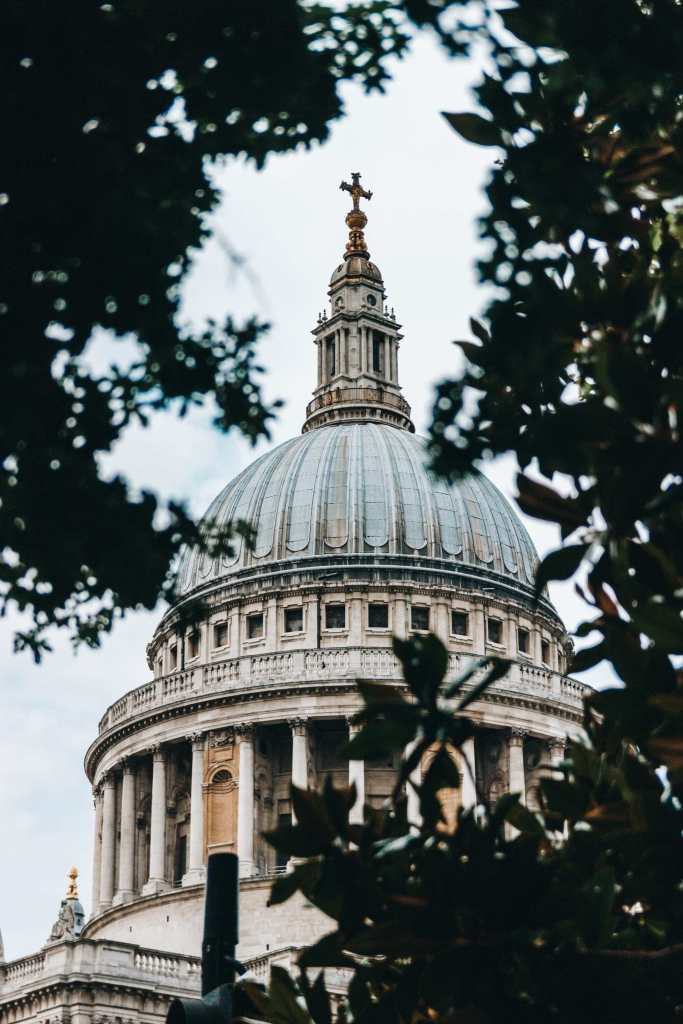
(Photo by Callum Wale)
That way, you’ll tell an interesting story with your architectural photography.
And the viewer will be sucked right in!
3. Focus on Texture for Abstract Architecture Photography
The texture of a building can be a great tool for beautiful architectural photos!
In particular, you can use texture to create abstract photography of architecture.

(Photo by Christian L.)
Look for patterns and surfaces that seems especially interesting. Reflections can also be a source of texture. The building material can be reflecting a beautiful sky. Or the building can be reflected on surfaces like mirrors, windows, or puddles.
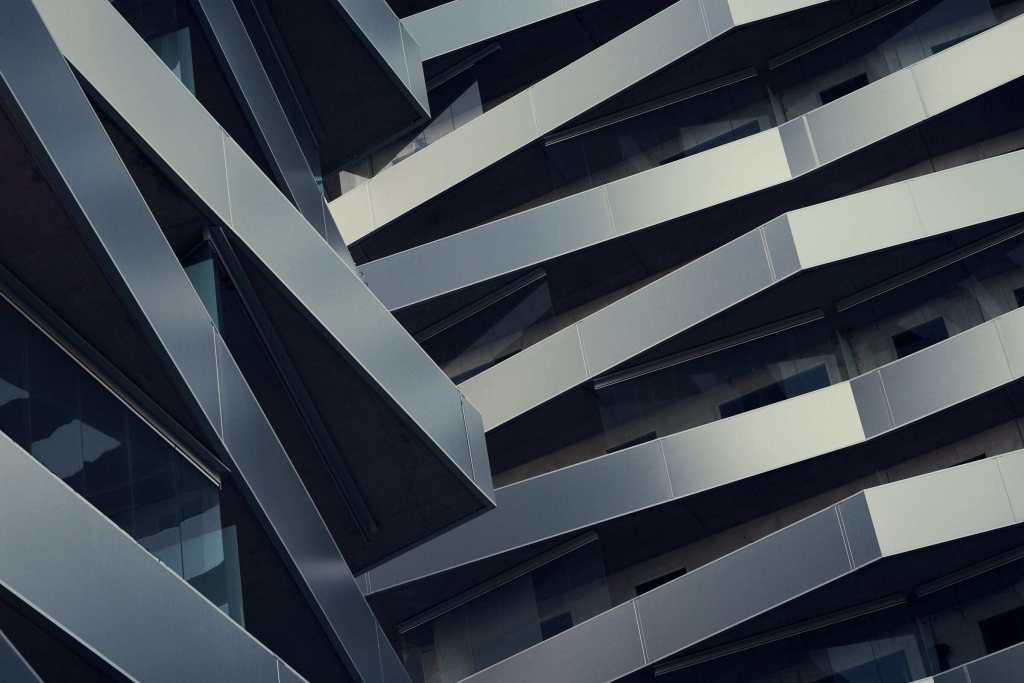
(Photo by Anders Jilden)
When you find a building with texture, get close. If you have a zoom lens, use it.
You want to emphasize the lines and shapes of the texture. It’s far less important that you show the building as a whole.
If you do this, you’ll capture some fabulous abstract images of architecture! Images that are original–and that you can be proud of.
4. Carefully Choose Your Gear for Gorgeous Photos of Architecture
Here’s the thing:
In architectural photography, you must capture images that are sharp throughout.
This requires a deep depth of field–and a long shutter speed. So you’re going to need a tripod.
This is especially true if you’re shooting at dawn or dusk.
You also need to carefully choose your lens.
You have a few options:
Tilt-shift lenses are perfect for architectural photography. They allow you to capture photos without distortion–which is often tough to pull off when you’re photographing architecture.
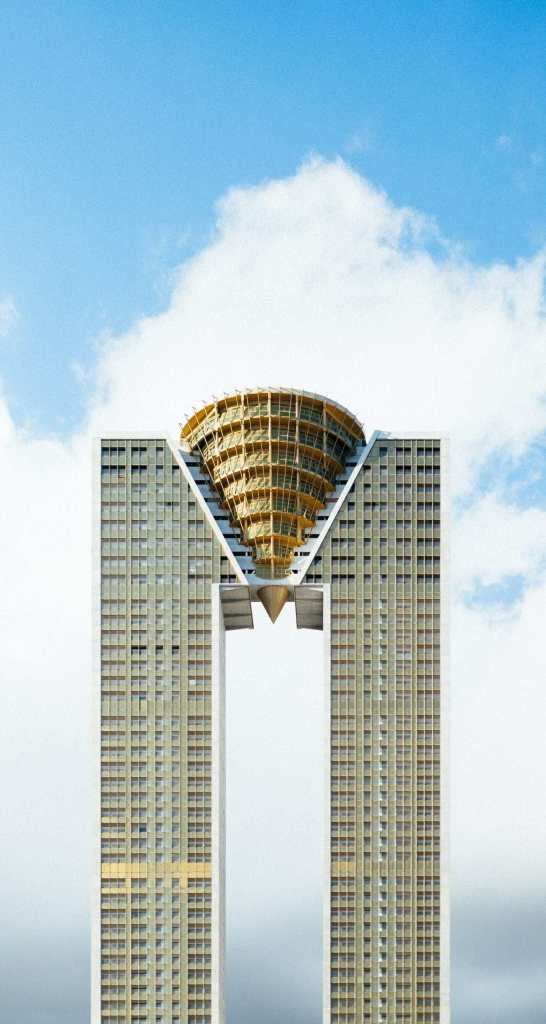
(Photo by Danny Saltaren)
Wide angle lenses are another great option. For full frame cameras, a lens in the 16-35mm range is ideal. The cropped-sensor equivalent to this is a 10-24mm lens.
Any time you shoot with
A final option for architectural photography is a telephoto lens (in the 70-200mm range). This lens is a good fit if you know you won’t be able to get close to a building. It’s also great for close-up photos of a building.
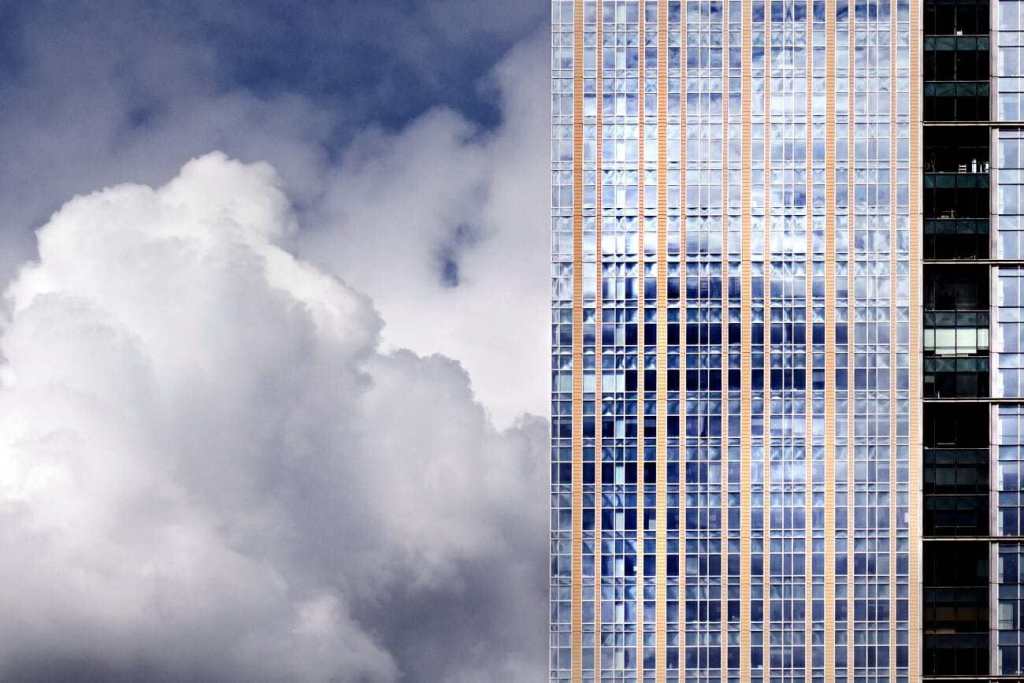
(Photo by Tim Mossholder)
The key is to choose your lens carefully–then capture a beautiful photo!
5. Show a Sense of Scale for Powerful Photos
When it comes to architectural photography, there are two ways you can show scale.
The first?
Use
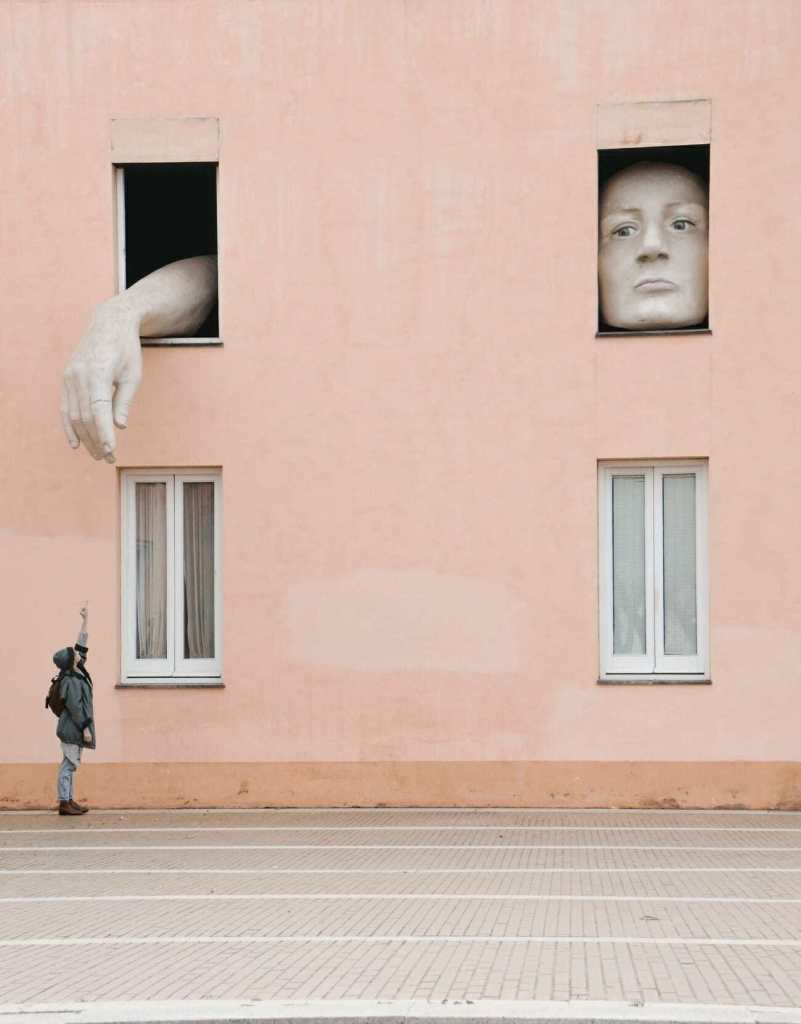
(Photo by Lava Lavanda)
This helps to paint a picture for your viewer. Ultimately, it allows them to imagine what the building is actually like in real life.
And it makes for an especially powerful image.
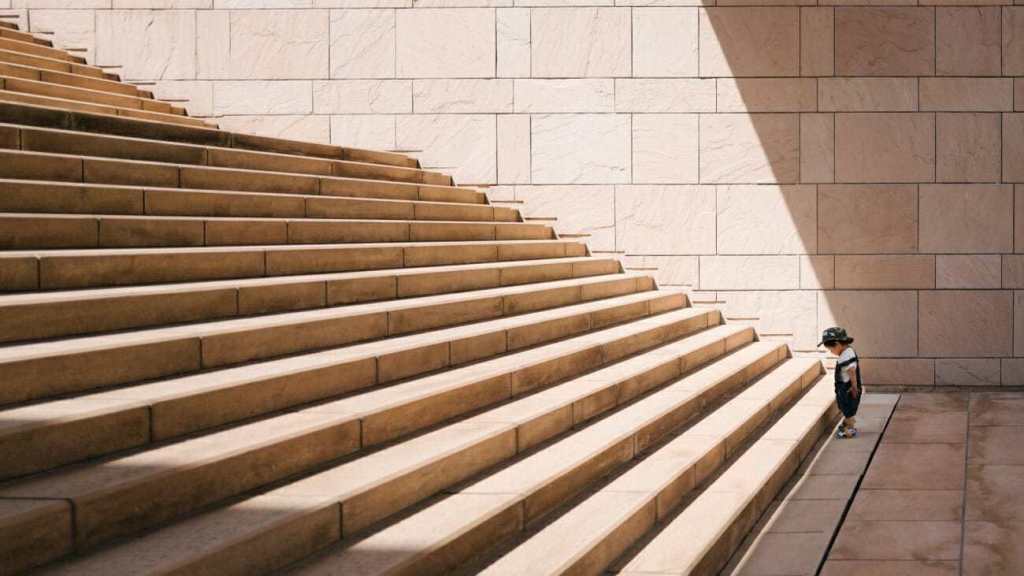
(Photo by Mikito Tateisi)
The second way to consider scale?
In terms of storytelling.
That is, you should take photos of the building at various scales. Take some wide photos. Then zoom in for a few close-ups. Finally, focus on capturing people going in and out of the front doors.
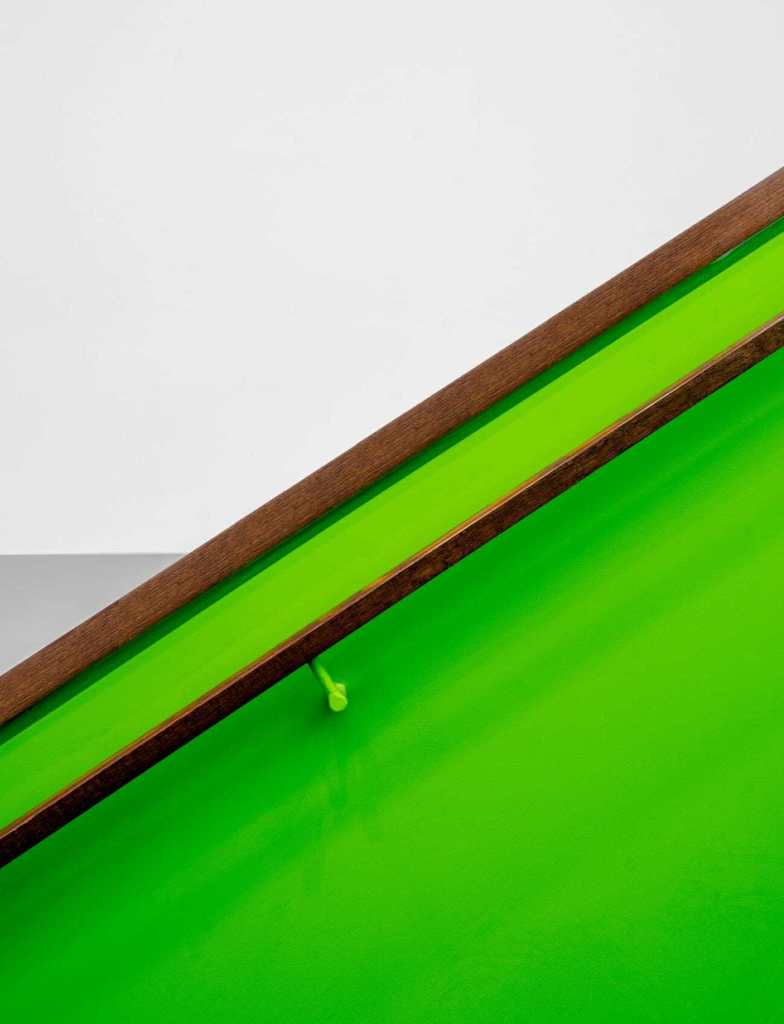
(Photo by Scott Webb)
Showing a variety of scales in your photos will build the narrative, or the story, of that building. It shows material, texture, craftsmanship, and a more relatable (human) scale that makes the building seem more tangible.
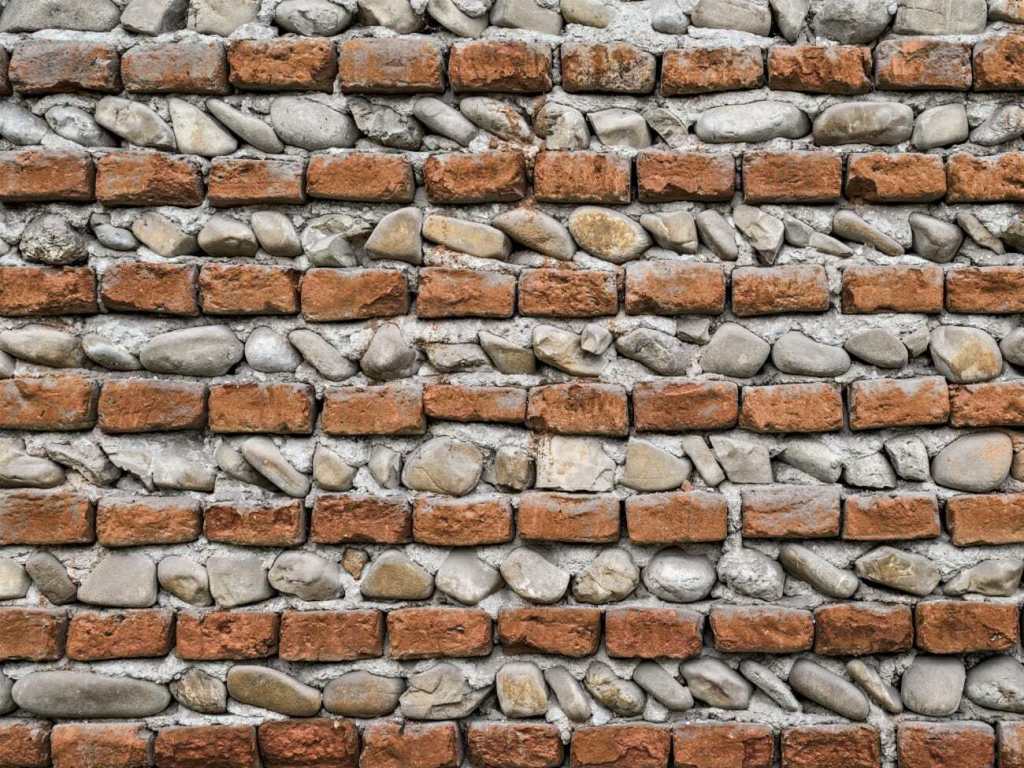
(Photo by Simon Matzinger)
If you show scale in your photos, they’ll be far more powerful.
So do it as much as you can!
Capture Stunning Architectural Photography: Next Steps
You now have the knowledge to take incredible architectural photos.
After all…
You know how to work with light.
You know how to choose your gear.
And you know how to use scale to create powerful photos.
All that’s left?
Get out and shoot!
Got any more tips for stunning architectural photography? Share them in the comments!
Download FREE Photography Lighting Cheat Sheet
Subscribe and get a free downloadable photography lighting cheat sheet
